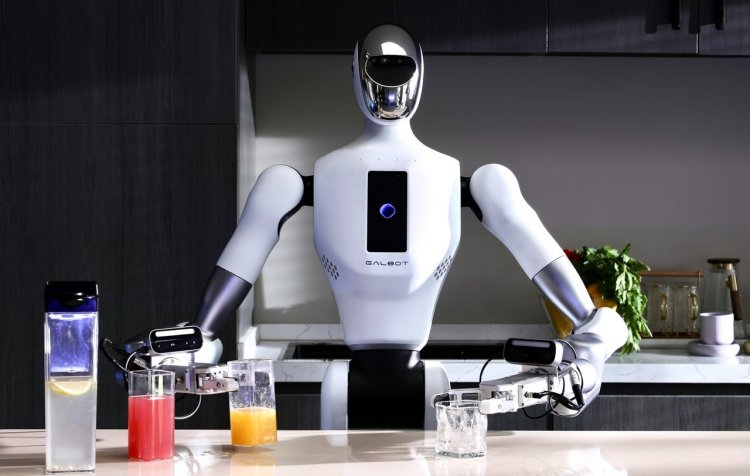China advances humanoid robot deployment

Chinese humanoid robot researchers are accelerating the commercial deployment of their latest products, as humanoid robots are highlighted as critical tools to promote China's industrial productivity and people's well-being.
Humanoid robots can be applied in different scenarios. For example, they can be clerks in retail supermarkets, workers in factories and nannies in health care homes. As an innovative start-up, Galbot has made strategic cooperation with Meituan, a major online services platform in China, to deploy 24-hour humanoid robots in supermarkets and pharmacies in 2025.
Leading companies including Huawei, EX-Robots, Unitree Robotics, and Zhejiang Humanoid Robot Innovation Centre have unveiled various humanoid robots capable of diverse tasks, from childcare to food preparation and factory work. One notable example is Yueqian, developed by EX-Robots, which represents a breakthrough in human-like interaction through advanced AI models, moving beyond pre-programmed responses to generative behaviors.
The push for humanoid robot development comes at a crucial time as China faces multiple challenges, including a projected shortage of nearly 30 million manufacturing workers by 2025. Start-up company Galbot has already partnered with Meituan to deploy 24-hour humanoid robots in supermarkets and pharmacies by 2025.
According to Wang Wen, dean of Renmin University's Chongyang Institute for Financial Studies, China's robot industry has experienced remarkable growth, doubling approximately every three years over the past decade. These robots are increasingly deployed in various scenarios, from high-risk environments like firefighting and earthquake relief to "dark factories" where robots operate with minimal human supervision, achieving production levels that previously required thousands of workers.
This technological advancement is part of a broader strategy encompassing biotechnology, quantum computing, nuclear energy, advanced semiconductors, and space exploration.















